In the Vietnamese harbour town of Hải Phòng, the architecture studio Le House has designed No. 1986, a café that makes you forget the daily grind outside your door.
If cities could talk, then the Vietnamese harbour city of Hải Phòng would probably have the most exciting stories to tell. It has witnessed numerous events, characterised by both economic advancement and tragic experiences such as the Vietnam War. After turbulent decades, the country finally got a fresh start in 1976 after the reunification of North and South Vietnam. A lot has happened in Hải Phòng since then. The metropolis of two million people is not only Vietnams second largest port city, it is also considered the economic centre of the north. Year after year, it attracts numerous tourists – not least for a boat trip through the rocky landscape of Halong Bay, which has been recognised as a UNESCO World Heritage Site. Visitors can admire the authentic culture of Vietnam in addition to the numerous sights.
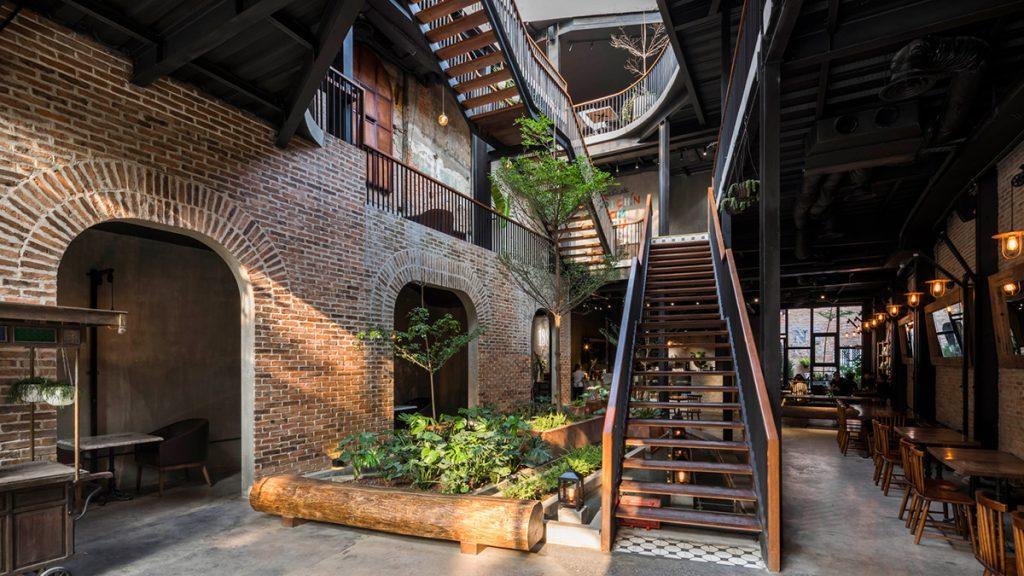
It was precisely this appreciation of the past that inspired the architects at Le House to create No. 1986 Coffee & Restaurant. Concrete inspiration for the Vietnamese studio: the Khan mo qua. A traditional Vietnamese headscarf reminiscent of the shape of a crow’s mouth. “The idea of the reception area was inspired by the image of the Mỏ-quạ scarf worn by young girls from the old North and was realised in a very modern language,” says Le House. However, the khan mo qua is not a simple headscarf, but an art form in its own right that celebrates the beauty of women.
Spatial discovery
Even from a distance, No. 1986 – also known as Mot Chin Tam Sau (“One Nine Eight Six”) – attracts attention with its unusual façade and plays with this very perception. The brick façade has an unmistakable pattern thanks to the individual missing bricks. In addition, the large windows allow plenty of light to flood the interior – and provide a first glimpse into the shop. On entering the premises, it is clear that this is not a typical café. The floors are connected by long staircases, creating a large space. A space that wants to be explored.
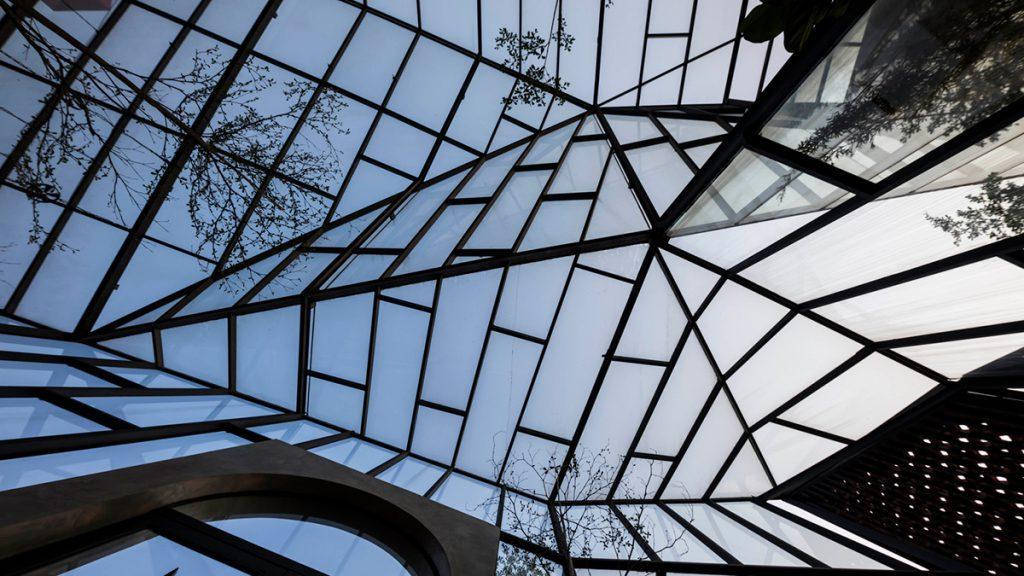
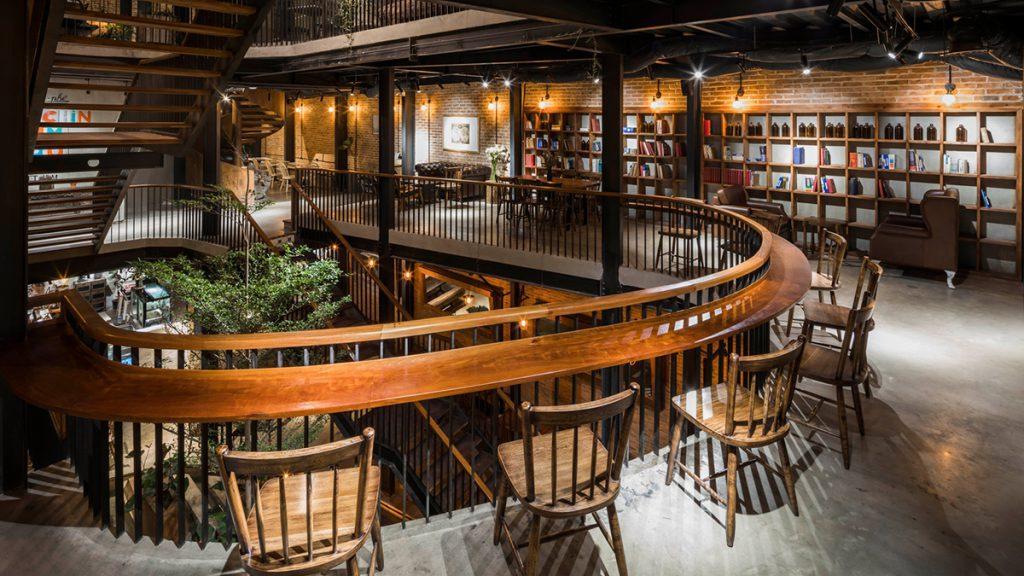
“When guests walk through the door, we don’t want them to see crowded tables and chairs or the bar counter. We want people to enter and discover a world of their own,” says Le House. The huge ceiling windows also contribute to this, not only visually enlarging the space, but also making it appear more lively.
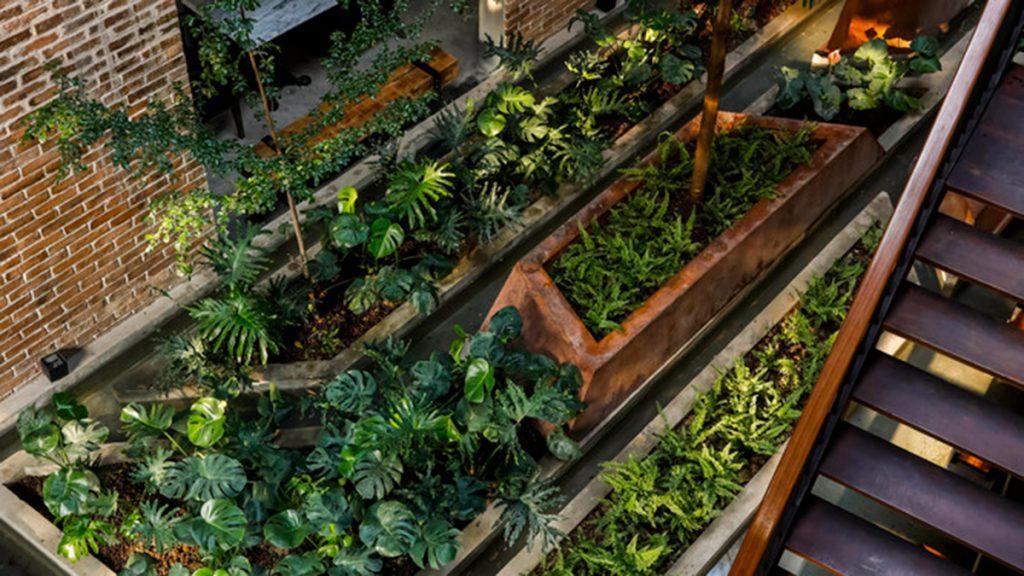
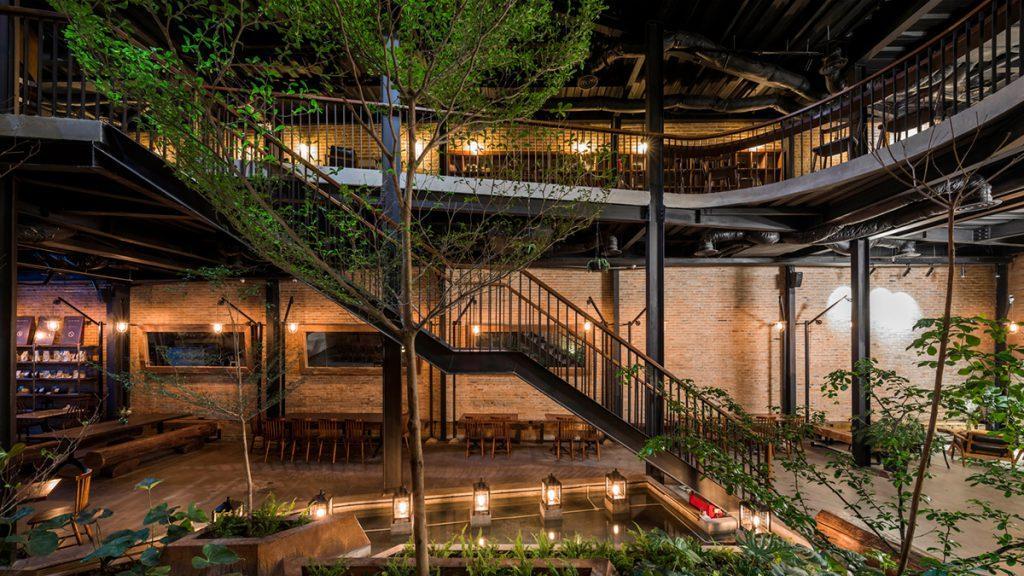
Enjoyment in the green
No. 1986 extends over 1,000 square metres. The brick walls, which also set the tone inside the café, lend the premises a special flair. According to the architecture studio, visitors should get a feeling of cosiness and tranquillity. Numerous seating areas and quiet corners invite you to linger.
Hanging plants, shrubs and even entire (albeit small) trees are scattered around the café – and contribute to the peaceful ambience. ‘We don’t want to create a standard café, but a place that feels like a quiet garden where everyone can be on their own.’ The only thing missing: a cup of coffee. And No. 1986 serves the best and strongest coffee in the whole of Hải Phòng. That’s what they say.
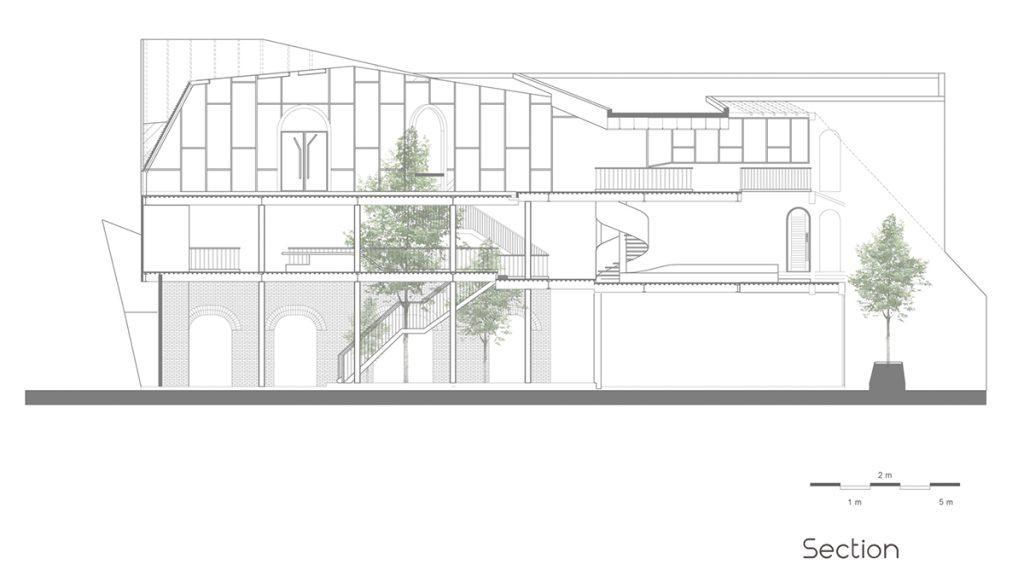
Le House has already realised several projects in Vietnam, always with a focus on gastronomy and interior design. Each of their concepts reflects their characteristic design elements and love of change. With Café No. 1986, the architects have managed to cleverly combine the past and the future – while remaining true to their very own style. ‘This building tells its own story,’ says Le House. The result is a café that has just as many stories to tell as the visitors who come here to escape everyday life for a few quiet minutes.
Text: Katarina Andraschko
Bilder: Hiroyuki Oki
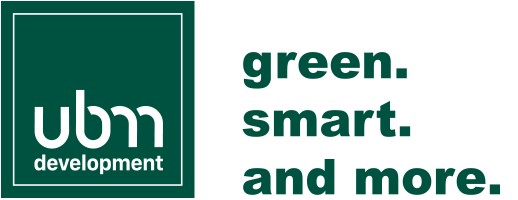

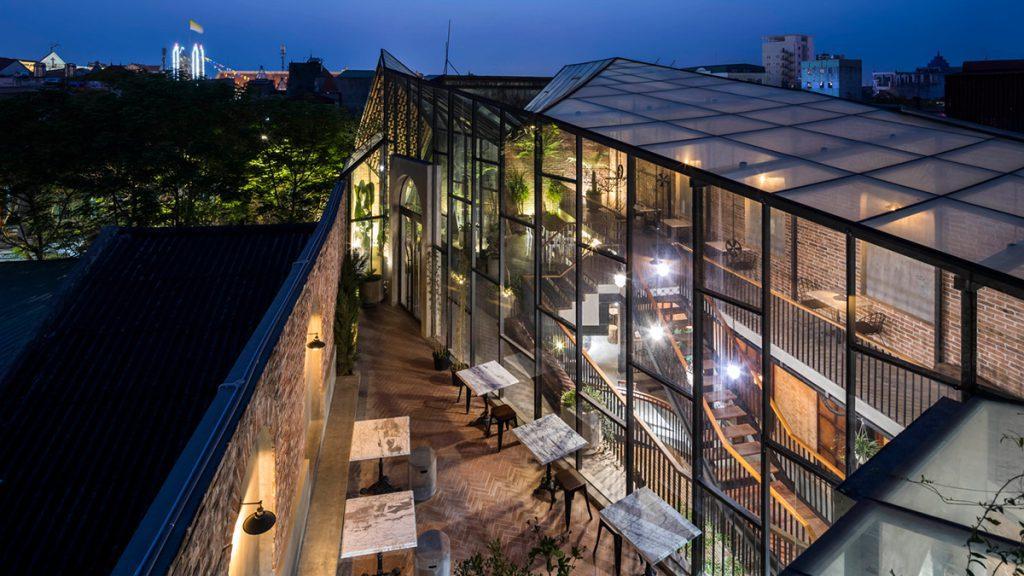
iThere are no comments
Add yours